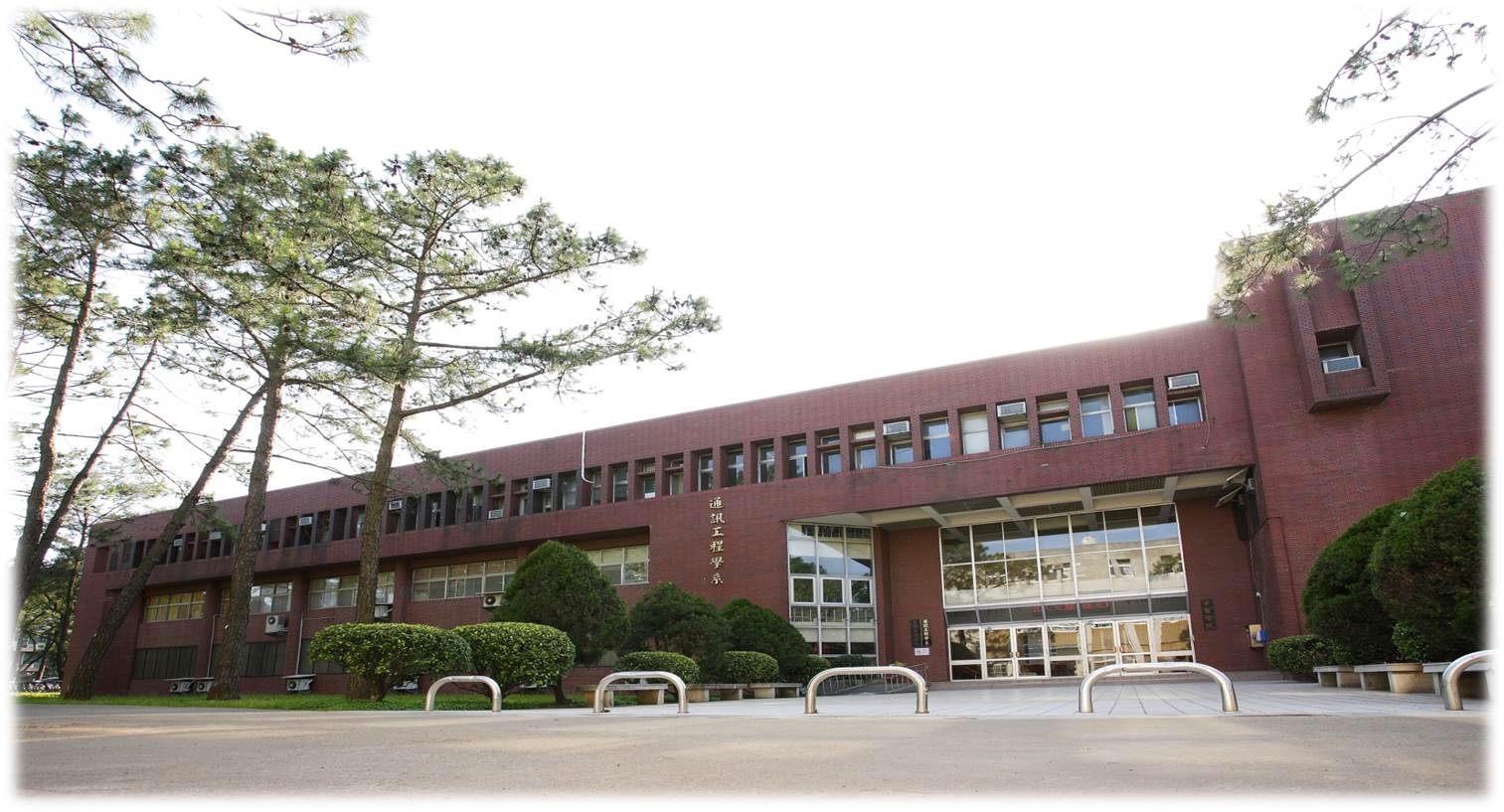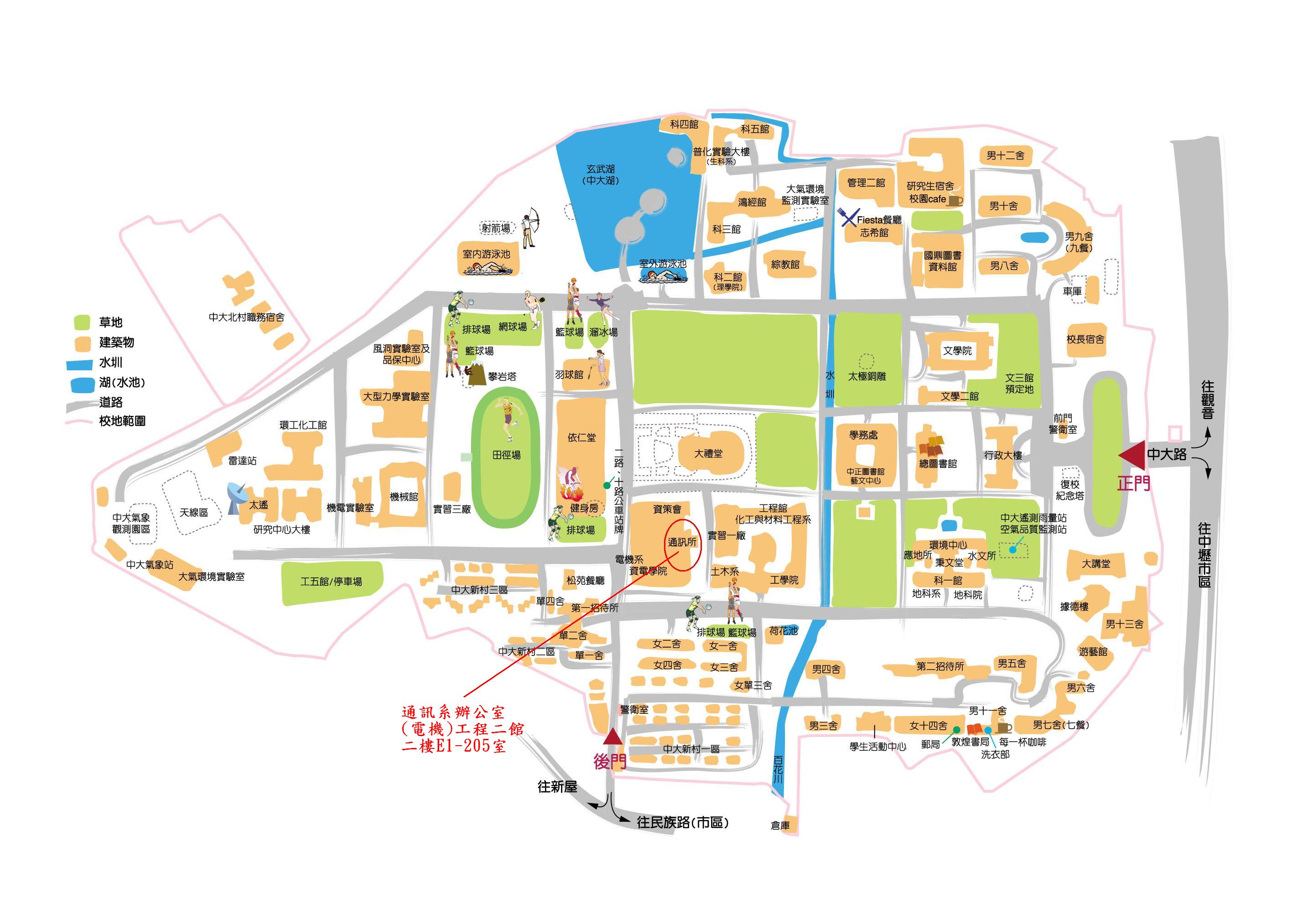
The Department of Communication Engineering, originated from the Communication Group of the Department of
Electrical Engineering in the preceding decades, was established as the Institute of Communication Engineering in 2000,
and then formally established in 2003. The Department of Communication Engineering is currently divided into two
teaching and research groups: Electronics and Communication Engineering (ECE) Group and Information and
Communication Technology (ICT) Group, which owns 15 full-time teachers, including 10 professors, 4 associate
professors and 1 assistant professor. According to the student status record in 2022, the total number of students
enrolled in the department (including master's and doctoral students and master's program degree students)is about 450.
The teaching environment of the Department of Communication Engineering is located in
Engineering Hall 2 and Building B of Engineering Hall 5, with a total space of about 3701.49 meter squared. The
teaching and research space includes: 8 teaching classrooms, 6 teaching laboratories, 26 teacher and graduate
research laboratories, and 1 exclusive reading room for undergraduate students.
Based on the fact that the communication engineering is widely
used in the two major industries of electrical engineering and information technology,
the communication engineering expertise needs to strengthen above two specialized abilities
in addition to its own communication knowledge. Since 2021, the department has been divided
into two teaching and research (T&R) groups: Electronics and Communication Engineering (ECE)
Group and Information and Communication Technology (ICT) Group, according to the requirements
of undergraduate teaching and teachers’ research majors. The students pursuing their BS degrees
are required to (MUST) have complete engineering mathematics training and basic electrical course
literacy in the undergraduate courses, and can freely choose to focus on either electrical engineering
(EE) or information engineering (IE) related majors as their backgrounds in microelectronics
engineering or information technology according to their own interests. In the third (junior)
year, the communication engineering specialized courses such as communication principles,
communication experiments, and independent studies are compulsory for all BS degree pursuing
students. In addition, students in the Department of Communication Engineering will honor
their BS's degrees after completing any group of required department compulsory credits and
132 graduation credits.
Recently, the faculty of the Department of Communication Engineering has actively organized
a diversity of research teams to guide graduate students to study the following topics for
teaching development and integrated research projects: B5G/6G wireless communication physical
layer technology, software-defined radio (SDR) platform communication system implementation,
low-earth-orbit (LEO) satellite communication technology, artificial intelligence in multimedia
and Internet of Things (AIOT) technology, cloud service and mobile computing, embedded system
and mobile device application design, and B5G/6G wireless network.
We aim to cultivate thinking and innovation in our students, in hope that they will become technology specialists with expertise and skills in the field of communication engineering, and with the ability to independently develop and solve problems.
In addition to expert knowledge of this field, the department promotes humanistic literacy in the hope that our students will remain considerate towards the environment while engaging in technology-relaged works,taking on social responsibilities and applying their expertise in order to serve the public.
| Name | Lacation | Room Number | Courses |
|---|---|---|---|
| Communication Network Lab | 工程二館 | E1-215,216 | Networking Related Courses |
| Computer Room | 工程二館 | E1-219 | Networking Related Courses |
| Electric Circuits Lab | 工程二館 | E1-223 | Electric Circuits Experiment |
| DSP/FPGA 系統設計實驗室 | 工程二館 | E1-304 | FPGA Related Courses |
To Jhongli, exit at Zhongli Interchange (62 km). Follow the direction sign to Xinwu, make a right turn on Sanmin Rd, turn left on Jhongjheng Rd., and within 3 minutes you will reach Zhongda Rd. to the main gate.
After exiting at Dasi Interchange (62 km), use Provincial Highway No. 66 (direction: Guanyin) to connect to Freeway No.1. Then follow the instructions above to reach NCU.
Latitude: 24.96828N;Longitude: 121.195474E
